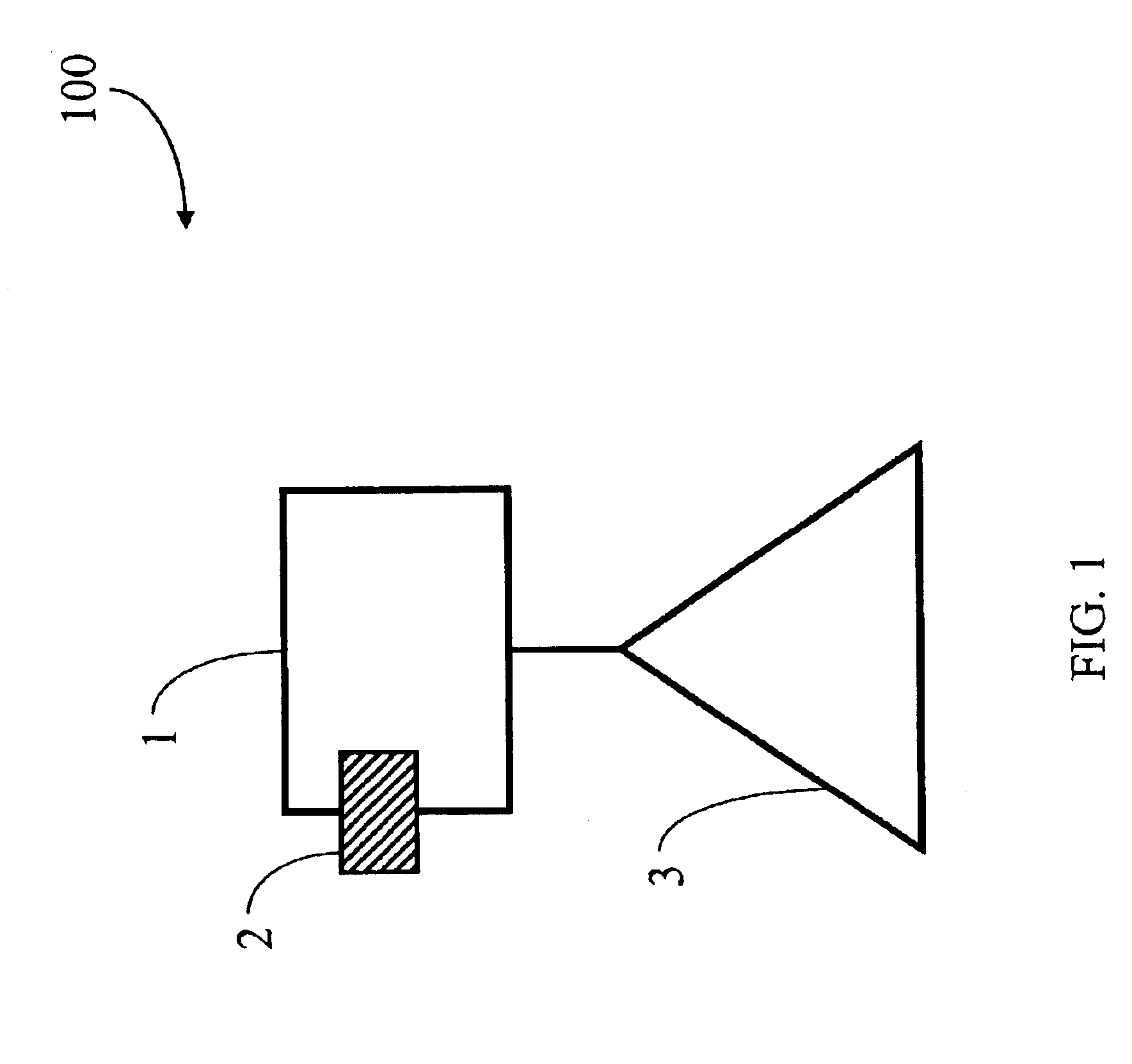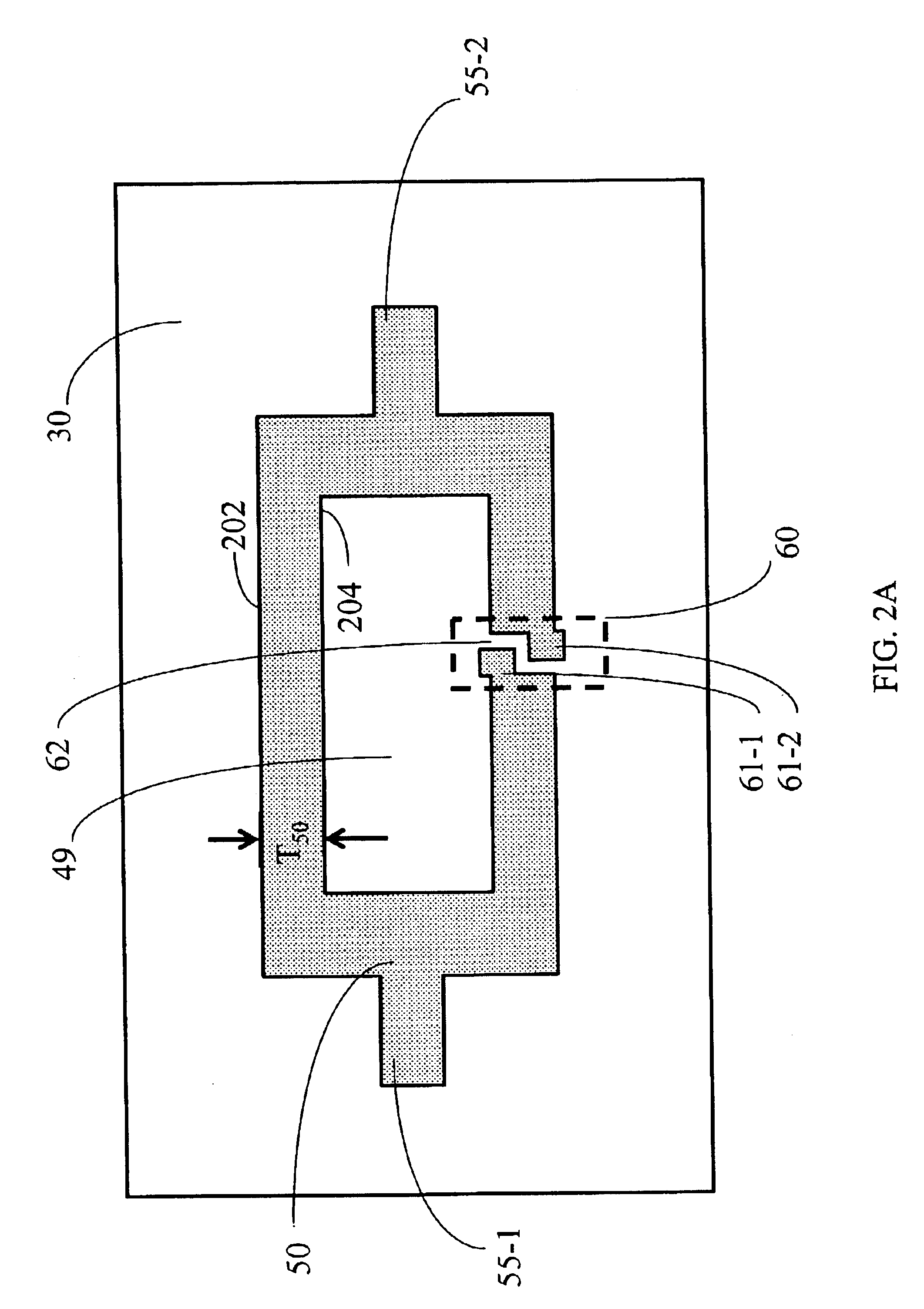Sub-flux quantum generator
- Summary
- Abstract
- Description
- Claims
- Application Information
AI Technical Summary
Benefits of technology
Problems solved by technology
Method used
Image
Examples
Embodiment Construction
[0033]One embodiment of the present invention provides an N-turn ring that is used to trap fluxon or sub-fluxon amounts of magnetic flux when superconducting current flows through the N-turn ring. As observed experimentally by Henry and Deaver in 1968, the magnetic flux trapped by a superconducting N-turn ring is quantized in multiples of h / N2e, where N is the number of times an inaccessible region is encircled by the N-turn ring, h is Plank's constant, and e is elementary charge. See Henry and Deaver, 1968, Bull. Am. Phys. Soc. 13, 1691; and Olariu and Popescu, 1985, Rev. Mod. Phys. 57:2, pp. 339-436, especially pages 412-413, which are hereby incorporated by reference in their entireties. This relationship assumes that each turn in the N-turn ring encircles approximately the same area. A two-turn superconducting ring can trap one half of a flux quantum (i.e. one half of a fluxon, 0.5×h / 2e). An N-turn ring has N turns. These N turns are optionally intertwined. Furthermore, in one e...
PUM
 Login to View More
Login to View More Abstract
Description
Claims
Application Information
 Login to View More
Login to View More - R&D
- Intellectual Property
- Life Sciences
- Materials
- Tech Scout
- Unparalleled Data Quality
- Higher Quality Content
- 60% Fewer Hallucinations
Browse by: Latest US Patents, China's latest patents, Technical Efficacy Thesaurus, Application Domain, Technology Topic, Popular Technical Reports.
© 2025 PatSnap. All rights reserved.Legal|Privacy policy|Modern Slavery Act Transparency Statement|Sitemap|About US| Contact US: help@patsnap.com



